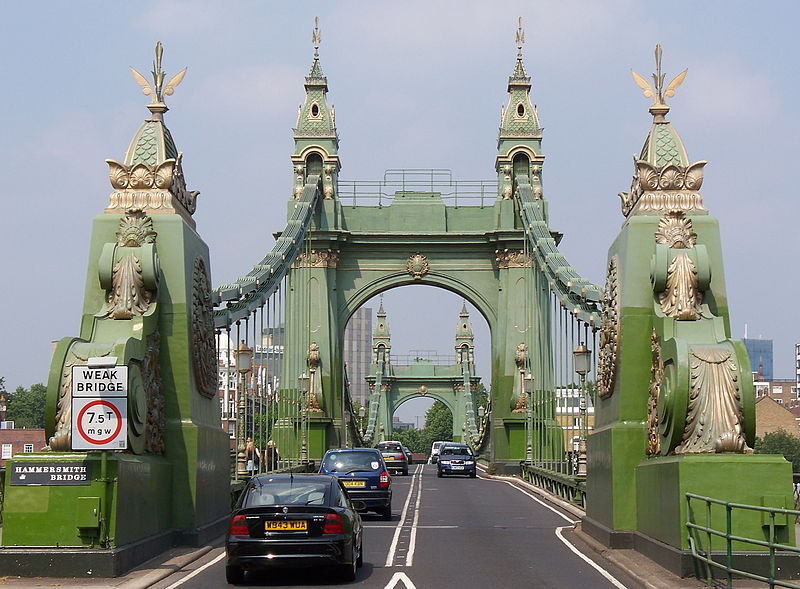
Thames river crossings are crucial to the resilience of London’s road network, and when one or more of them are closed for an extended period, the resulting impact is
huge. When Hammersmith Bridge closed to vehicles, pedestrians and cyclists last year, causing serious congestion, London got a wake-up call. How can our ageing major transport assets be managed more effectively, with population growth, commuting, climate change and extreme weather conditions putting them at risk?
The London Assembly Transport Committee has today published the report ‘London’s River Crossings – Bridging the Thames’. It makes five recommendations:
- TfL, the Government and all impacted boroughs should consider formalising the Thames River Crossing Coordination Group overseeing the maintenance of river crossings in London.
- TfL, the Government and all impacted boroughs that wish to opt-in should consider having a collective fund for maintenance of the relevant river crossings in London, into which all the relevant asset owners would contribute.
- TfL and other asset owners in London should publish an annual report on the condition of river crossings in London, showing the need for maintenance, scheduled maintenance over the coming years and any capital projects that are planned.
- The Government should devolve London´s portion of VED, currently worth around £500 million per annum, to TfL and make national roads funding schemes available to London boroughs, on the same basis as other English Local Authorities. This would allow a portion of the funding to be spent on the future maintenance of London´s river crossings, as well as dealing with London´s £241 million bridge maintenance backlog.
- The speed and volume of road traffic should form a part of the reporting on the maintenance needs and costs for existing crossings. Options should be laid out for how maintenance can be made more affordable by means of controlling speed or volume of traffic, particularly for heavy vehicles.
Chair of the London Assembly Transport Committee, Caroline Pidgeon MBE AM said:
“London’s transport network is highly reliant on all the structures which cross the River Thames. The closure of Hammersmith Bridge to vehicles and pedestrians was an international embarrassment and a clear example of the disruption that can be caused to the city and its residents because of a lack of investment and coordination.
“International examples such as New York, show how cities can successfully manage these types of assets and puts London to shame. It’s not rocket science to ensure routine maintenance, investment and funding is available to support their smooth operation, alongside publishing this information – but London simply can’t seem to get it right.
“The ownership, management and maintenance of our river crossings must be better coordinated and transparent. All owners should look to put money into one fund to help with the long-term financial investment of these Thames crossings, so that we avoid the fiasco of another Hammersmith Bridge.
“With ageing bridges and tunnels, alongside extreme weather, it is critical that we manage these crucial crossings much more efficiently and effectively.” Photo by Iridescent, Wikimedia commons.




































